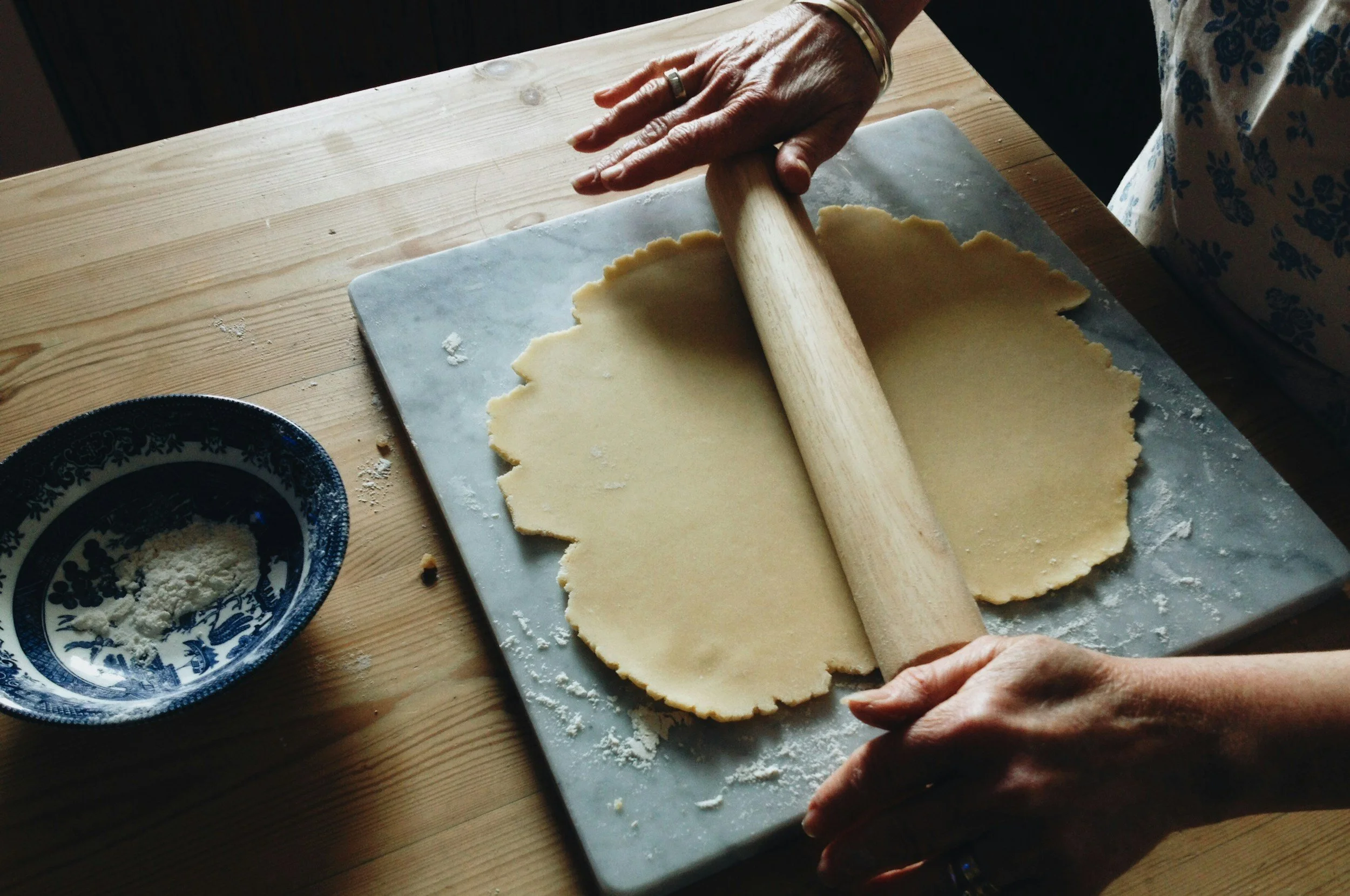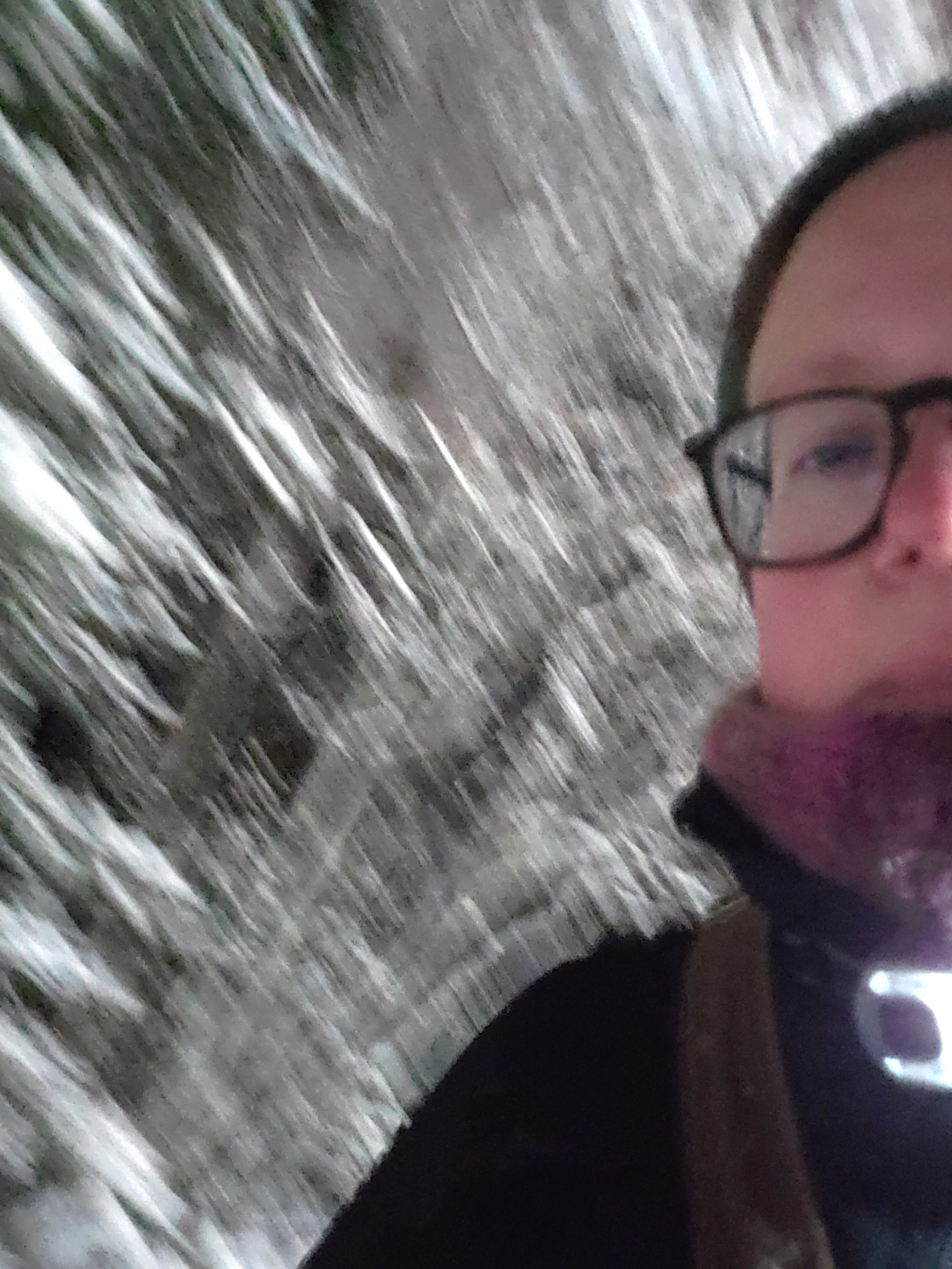The Walk
Since the library is closed to the public due to the pandemic, I have nowhere to spend my lunch hour. On rainy days, after I wolf down my peanut butter sandwich at my desk, I cut through the woods behind my office and duck into the grocery store where I try to spend forty-five minutes buying a bottle of soda. It has become increasingly difficult to not feel like I’m doing something wrong by loitering in the greeting card section pretending like I’m looking for the perfect birthday card or killing time in the least-shopped aisle–the one with a meager offering of generic packs of underwear and cotton tube socks sandwiched between a selection of dusty light bulbs and bottles of motor oil.
But today is sunny. There will be no meandering walks up and down the grocery aisles clutching a sweaty plastic bottle of soda. I will miss my afternoon caffeine boost, but I need to get out of my stuffy office.
It is July and a pleasant sixty-five degrees out. After I pass the fire station a block away from my office, I slip my cardigan off and tie it around my waist. The sun is high in the sky at one o’clock in the afternoon and it won’t set until after ten tonight.
July is bittersweet. It’s the first full month that we start losing daylight in Alaska. We claw our way out of the dark depths of December adding minutes of light each day. Eventually it snowballs to the point where I feel guilty going to bed at eleven thirty because it’s still so light out. Maybe just one more weed could be pulled before bed? Or perhaps one more glass of wine could be drunk while sitting in the cheap lawn chairs on the sagging, paint-chipped back porch? But then as spring is fading away, the summer solstice arrives and the decline begins. The countdown to darkness starts innocently enough with losing a few seconds of light each day. Each night in July is still bright enough to render Independence Day fireworks useless–but the knowledge that we are starting to slide back into darkness starts to germinate and take root like the potatoes I planted a month earlier in a small plot against the fence in my backyard.
I walk further. Past the airport and the flight seeing service companies with their eight-passenger charter planes parked outside their offices. Just as I had aimlessly wandered the grocery store earlier in the week, I have no destination during this lunch hour. I pass the weed-infested community garden and tamp down the guilt for having not renewed my plot when I moved out of our apartment and into the house my husband and I spent our thirties saving up to buy. As I pass the Little League fields, I pull my phone out of my pocket to check the time. It is 1:17 p.m. I still have forty-three minutes to kill.
I reach the town cemetery that is just beyond the baseball fields and abuts the end of the airport’s property line. The iron gates are propped open and the sun shines through the arched metal cutwork sign that spans the entrance casting a shadow that reads “Kenai Cemetery” in the gray dust that covers the narrow drive disappearing into the cemetery grounds. Would it be weird to spend my lunch hour in a graveyard? I look ahead and behind to see if anyone is coming down the road. I have that same feeling of not belonging here like I did while perusing the greeting cards at the grocery store. The road is empty so I quicken my step and turn into the cemetery grounds.
There is a quiet about the cemetery that is simultaneously unnerving and calming and it permeates me as I walk between the graves. I try my best not to step on anyone’s final resting place as I slow my gait to stop and briefly observe the names and birth and death dates on the headstones. There are a few markers that are merely wooden crosses erected by survivors with the deceased's information burned into the weathered wood. It’s a rag-tag and morbidly whimsical little cemetery. There are fancy marble headstones that gleam in the afternoon sun with the names of their owners expertly engraved on them. There are some plots with small white (now gray) plastic fences erected around them. Some people have dusty bouquets of faded fake flowers wedged into the earth next to their markers. Veterans have little American flags–no doubt added by the Boy Scouts on Memorial Day a month and a half earlier–that are already looking tired and tattered. The graves that make my eyes prick with tears are the ones with toy Tonka trucks or ratty-haired baby dolls left next to them. Kids. The toys look like they haven’t been touched in years and I wonder if these kids’ loved ones still come to visit them. Or have they just grown too old, even in death, for fresh toys?
The road through the cemetery takes a jag to the left and I step off of to examine the columbarium that rests on a little hill a few yards away. I vaguely remember reading an article about how the city had run out of room for people who hadn’t pre-purchased plots a few years ago. They built this columbarium as a stop-gap until they purchased, secured, and broke ground on a new section of land across the street for new plots.
The columbarium is tall and smooth. Despite its regal look against the bluebird sky, it reminds me of the gym lockers I had in middle school. Just big enough to shove shorts, a t-shirt, and pair of shoes into. Or a set of cremains. There aren’t many spaces filled on the death-locker. The ones that are filled are all engraved with the names of people who led pretty long lives.
I walk around to the other side and there a few feet from the thick marble wall is a smooth, stone bench that, depending which direction you sit, either faces the columbarium or a set of graves at the bottom of the hill under a small copse of tall, dark, spruce trees. I check my phone again and decide I have a few minutes before I need to head back to the office.
I sit on the cool granite slab facing away from the columbarium, close my eyes, and turn my head up to the sky. I’m still shedding my Alaskan winter pallor. I hope to have a few more freckles on my cheeks and arms by the end of August when the birch tree leaves start to change into a searing yellow and that undeniable nip of cold teases the air. Breaking the silence, a raven starts to gurgle from the spruce trees shadowing the graves below me. I breathe in. The air smells like warm spruce pitch. I try not to think about one of the graves I passed that had the names of five people on it–a mother and four kids. I made the mistake of searching the woman’s name on my phone. She and her four children were killed in a house fire in 2003. Her husband, the kids’ father, was at work and survived. I try not to imagine how the rest of his life went after suffering that kind of loss.
Taking another deep breath, opening my eyes, and lowering my head, I fix my gaze to the headstones under the trees where the noisy raven has stopped gurgling and moved on to rhythmic “cronk-cronk” noises. I squint to read the names. I come to the last stone in the group and a bolt of recognition hits me as clearly as if this was a rainy day and I was strolling around my grocery store and I ran into an acquaintance.
Abigail Williams. Beloved mother, wife, and friend. Born January 19, 1961. Died August 4, 2019.
Abigail. I had forgotten about her. I stand up and slowly walk down to her headstone. Someone has left a Twix bar in a plastic sandwich bag and a bouquet of now-rotted grocery store flowers for her. I smile.
I hadn’t known Abigail very well. Her youngest child and my oldest were in the same grade in high school. They both played basketball and had an overlapping group of friends. I had gone to her funeral even though we hadn’t been particularly close.
The random memory that I still had an unanswered Facebook message from her asking about the time of a basketball game pops into my head. I try not to feel guilty about accidentally ignoring her. I hadn’t seen the message until months afterward, when basketball season was long over and her cancer had returned. I feel bad for not replying to a dying woman’s simple message.
Such a trite thing to feel bad about. I am disgusted with myself centering my guilt here at her final resting place. Abigail never got to see her daughter finish her senior year of high school and won't get to see her leave for college next month. She would never see her possibly get married and have kids. All those major parent-child milestones ended on August 4, 2019.
I crouch down so that I am eye level with her stone. I think about what I would say to her if she was instead pushing a cart of groceries down the paper-goods aisle of my rainy day grocery store and we ran into each other. I blink away the tears that have now fully formed in my eyes. I smile at the ground below my feet. After a moment I pull myself up and gently run my fingertips over the top of her iron-red colored headstone.
I glance up at the sky one more time before I turn to start leaving the cemetery. It’s time for me to return to work.
-Kate Beznik
Kate Beznik was born and raised in Alaska. She pushes paper by day and fancies herself a creative person outside of normal business hours. She earned an A.A. in General Studies from the University of Alaska Southeast. She has no formal training in writing. She has previously been published in HerStry and rejected by a decent sampling of respectable lit mags.






